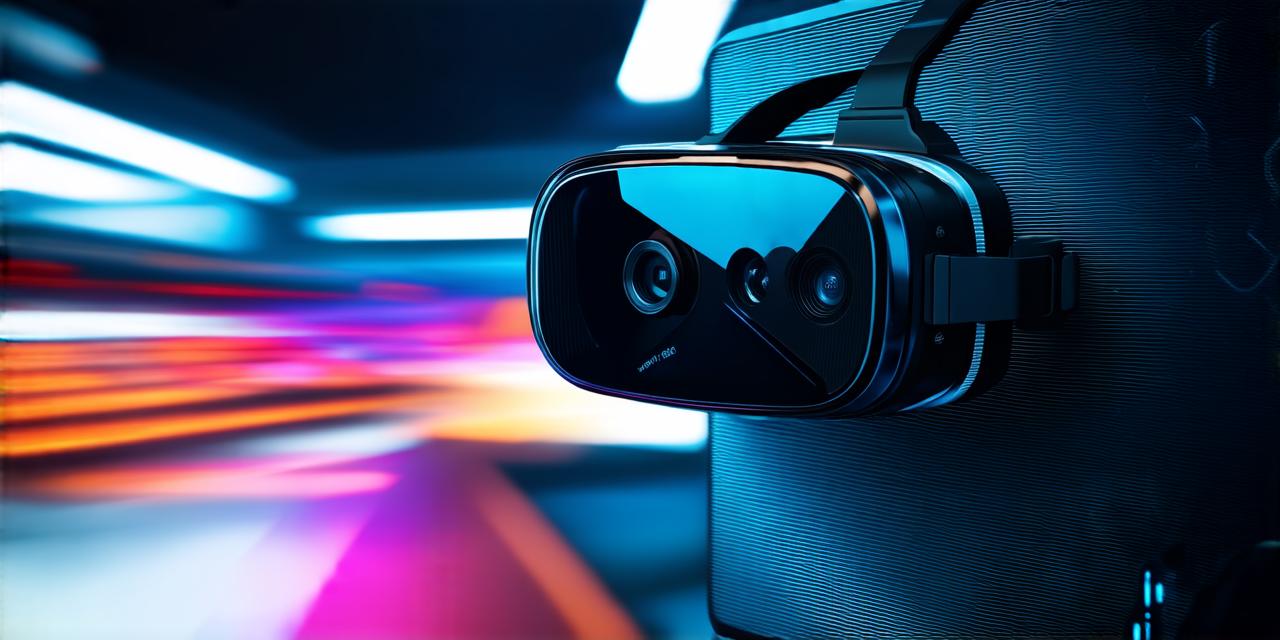Introduction:
Virtual Reality (VR) technology has come a long way since its inception, with advancements in hardware, software, and content creation leading to increasingly immersive and realistic experiences. As we continue to push the boundaries of what’s possible in VR, it’s important for developers to stay up-to-date on the latest trends and innovations in order to create truly groundbreaking experiences that captivate audiences.
Haptics:
One of the biggest challenges in VR is creating a sense of presence that makes users feel truly immersed in the virtual world. Haptic technology, which involves the use of sensors and actuators to provide tactile feedback, has the potential to solve this problem by adding a new layer of realism to VR experiences.
For example, the haptic vest developed by HaptX allows users to feel the weight and texture of virtual objects, while the gloves used in the Oculus Quest 2 can simulate the sensation of grabbing and manipulating virtual objects. These technologies are still in their early stages, but they have already shown promising results in improving user experience.
Eye-tracking:
Another key development in VR technology is eye-tracking, which allows users to interact with virtual environments using only their eyes. This technology has the potential to make VR experiences more intuitive and natural, as it eliminates the need for users to physically move their head or hands.
For example, the HTC Reverb G2 uses infrared eye-tracking to track the movement of the user’s eyes and translate that into virtual actions. This allows users to interact with virtual objects and environments without having to physically touch anything, which can be particularly useful in applications such as healthcare and education.
Social VR:
As VR technology continues to advance, social experiences are becoming increasingly popular. Social VR platforms allow users to connect with others in a virtual environment, enabling them to interact with each other in ways that are not possible in the physical world.
One of the most popular social VR platforms is VRChat, which allows users to create their own avatars and customize their virtual environments. Users can then explore the platform, participate in community events, and connect with others from all over the world.
Real-world applications:
VR technology has already found numerous real-world applications, particularly in healthcare, education, and gaming. In healthcare, VR is being used to create simulations for medical training, as well as to provide pain relief for patients with chronic conditions.
For example, the Tilt Brain is a VR system that uses light and sound to treat patients with epilepsy. The system stimulates specific areas of the brain using lights and sounds, which can help to reduce the frequency and severity of seizures.
In education, VR is being used to create immersive learning experiences that allow students to explore complex concepts in a more engaging and interactive way. For example, the Google Expeditions app allows students to take virtual field trips to museums, historical sites, and other locations around the world.
In gaming, VR is providing an entirely new level of immersion and realism that was previously impossible. Games like Beat Saber and Half-Life: Alyx are designed specifically for VR, allowing players to fully immerse themselves in the game environment.
Conclusion:
As VR technology continues to evolve, it is important for developers to stay up-to-date on the latest trends and innovations in order to create truly groundbreaking experiences that captivate audiences. From haptic technology to eye-tracking and social VR, there are numerous ways that VR is being used to improve lives and enhance experiences.
FAQs:
1. What are some of the most important advancements in VR technology?
* Haptic technology, eye-tracking, and social VR are all important advancements in VR technology that are helping to improve user experience and make virtual environments more immersive and realistic.
2. How is VR being used in healthcare?
* VR is being used in healthcare to create simulations for medical training, as well as to provide pain relief for patients with chronic conditions. For example, the Tilt Brain system uses light and sound to treat patients with epilepsy.
3. What are some of the most popular social VR platforms?
* Some of the most popular social VR platforms include VRChat, Rec Room, and BigScreen VR. These platforms allow users to connect with others in a virtual environment, enabling them to interact with each other in ways that are not possible in the physical world.
